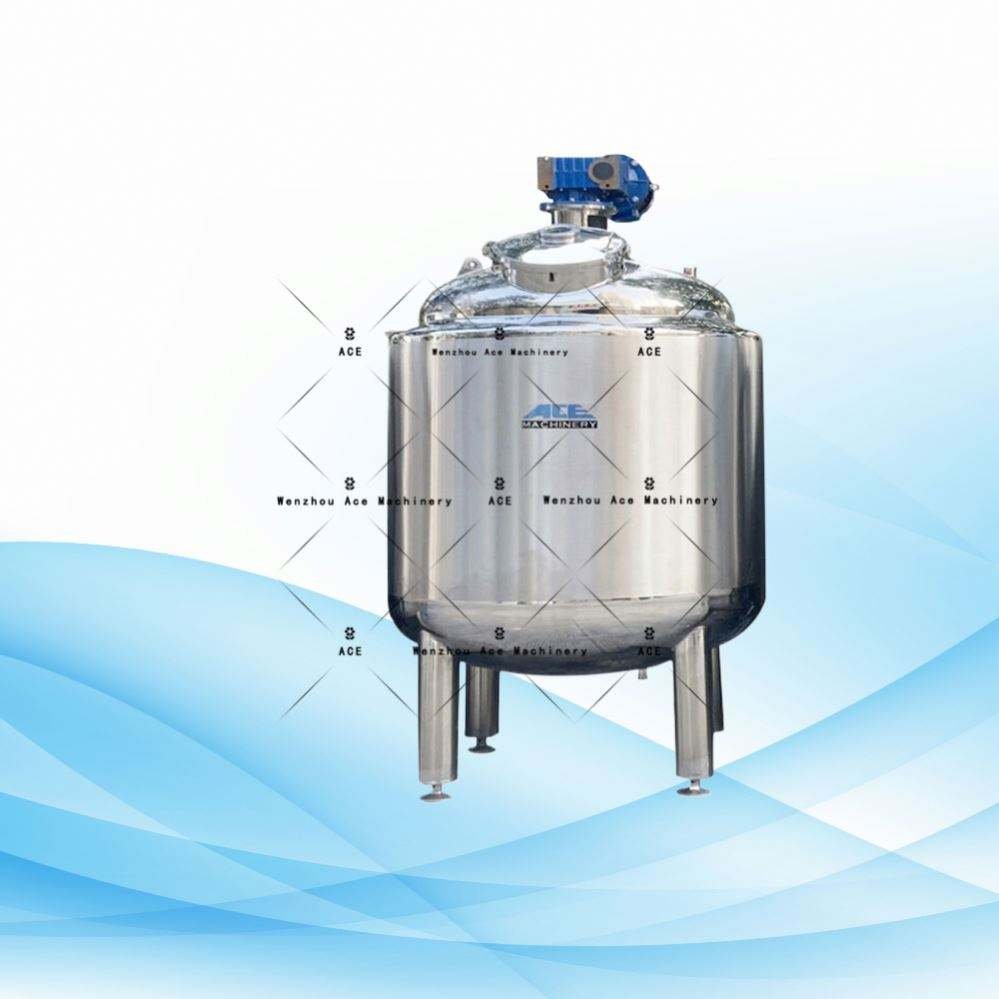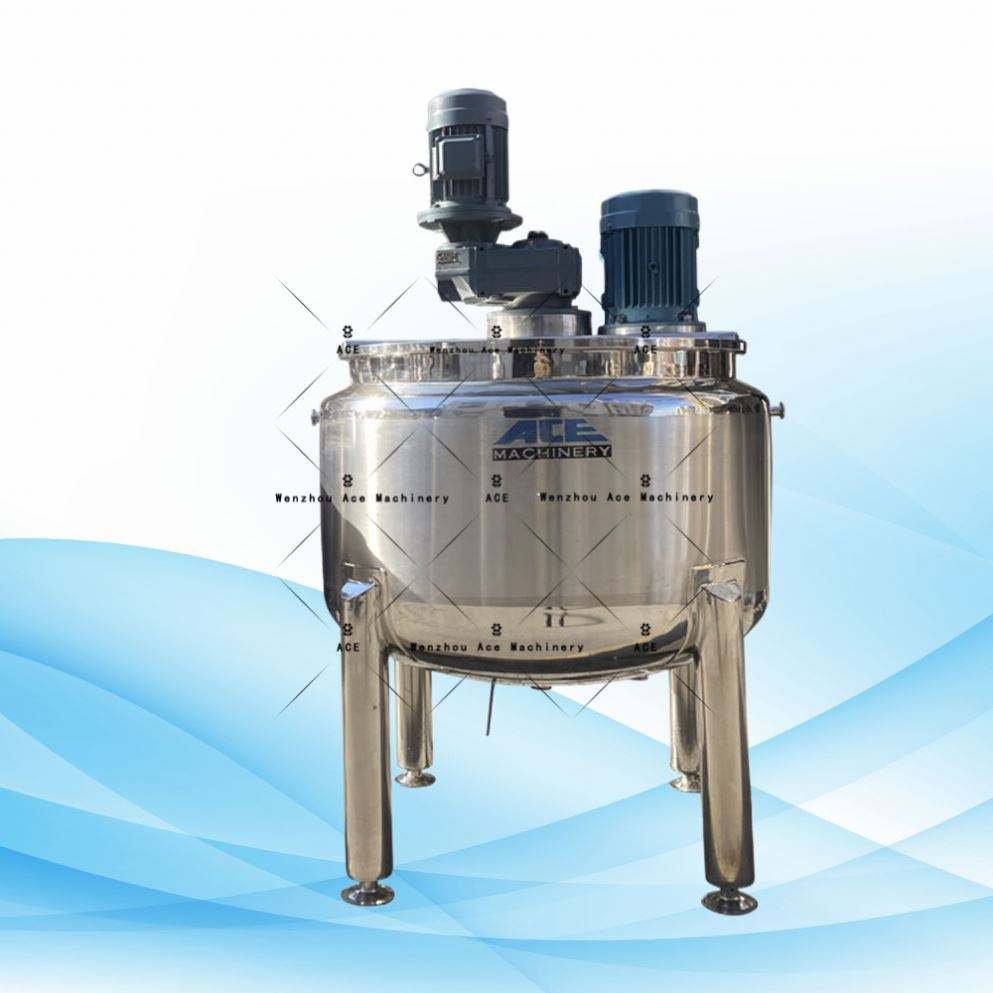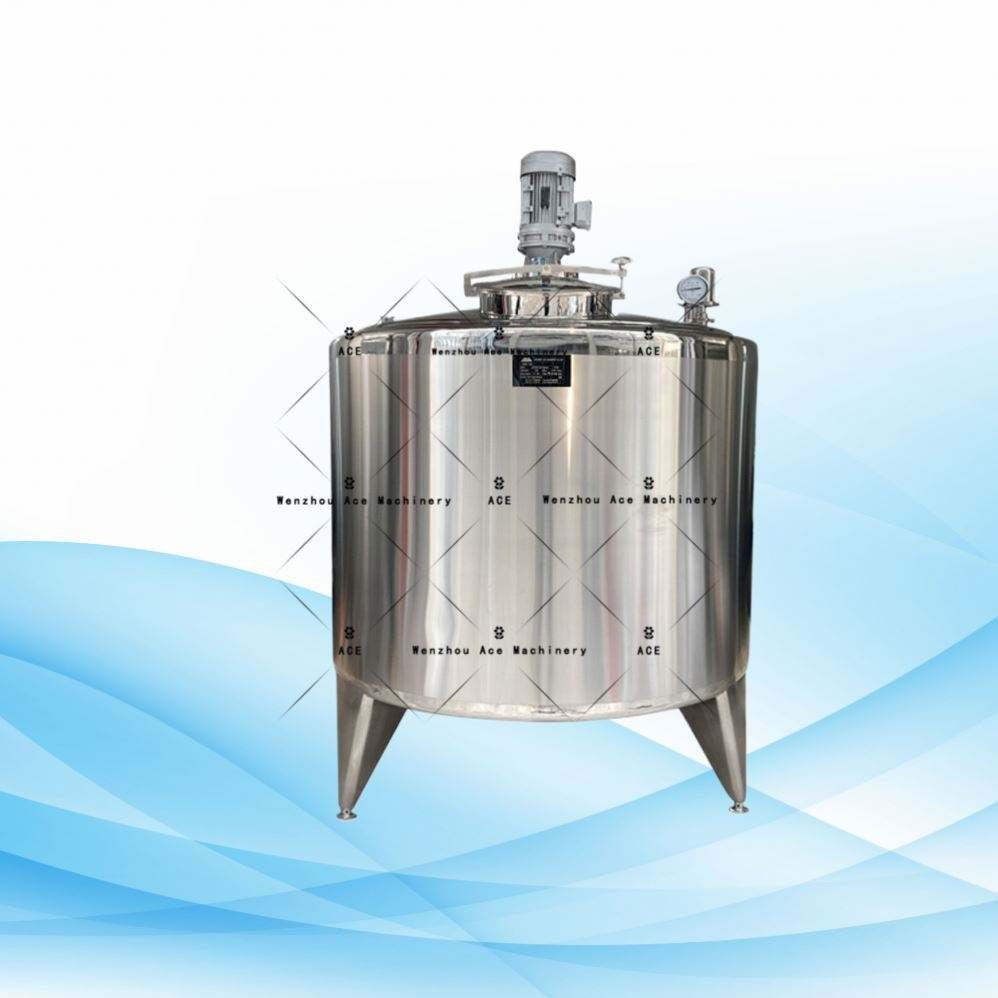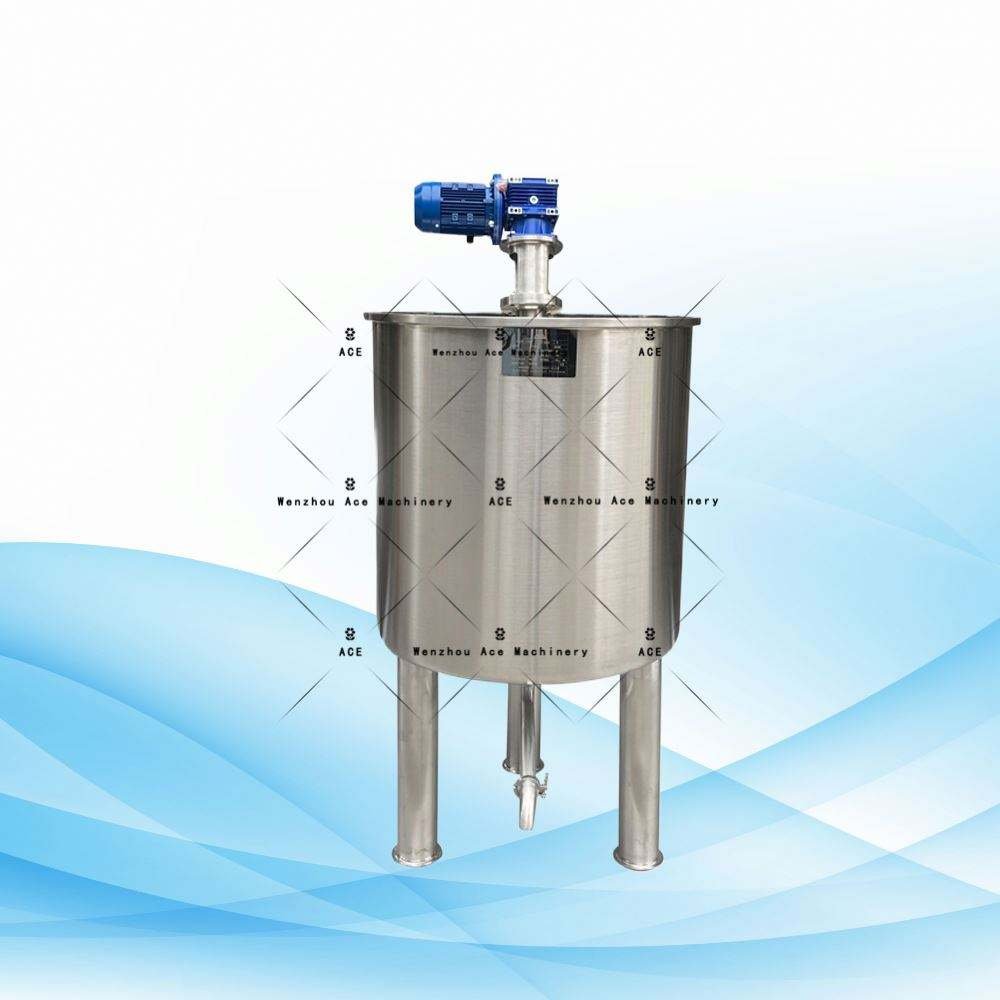Liquid Filling Machine
As a manufacturer of liquid filling machines, we delve into the causes of bubble formation in your product, focusing on several key factors:
- Has the dissolved gas been adequately purged?
- Is the temperature of the bottle after washing suitable?
- Is there any contamination of the bottle once it’s been washed and before it arrives at the filling machine?
- Foaming is closely related to the raw materials used during the filling process.
- Is there any air infiltration in the dissolved gas while filling?
- The pressure balance of the filling machine itself.
Liquid Filling Machine Overview
Within the packaging machine industry, liquid filling machines represent a key subset. They are grouped alongside paste, powder, and granule filling machines based on the type of material being packaged. The level of automation in the production process—whether semi-automatic or fully automatic—further categorizes these devices.
Lately, with the introduction of QS certification in food industries, edible oil producers are emphasizing quality in both the product and its packaging. As a result, oil filling machines have gained significant importance among filling options.
Filling machines, part of a broader packaging machine category, are typically sorted by filling principle. These include normal pressure filling machines, pressure filling machines, liquid filling machines, oil filling machines, and more specialized types like paste, sauce, and granular slurry filling machines. Additionally, there are powder filling machines, vat water filling systems, and vacuum filling units. Based on the material, fill types can vary between liquid, paste, powder, and granule forms. Automation level also splits them into semi-automatic or automatic operations.
Optimizing filling efficiency is a pivotal concern during the filling machine production process. But what avenues can we explore to enhance this efficiency?
We innovate by designing the transmission system, actuator, and chassis architecture. The use of finite element technology allows us to analyze core structures effectively. New and better filling machines are being crafted to meet technical demands and resolve issues found in older models. This latest high-efficiency machine is currently undergoing rigorous technical examination to pinpoint and tackle the primary challenges. Thorough technical assessments are essential in theoretically analyzing and crafting the filling machine’s framework.
We also offer Pharmacy Filling Machines for sale, so feel free to reach out to us.
Liquid Filling Machine
As a manufacturer of liquid filling machines, we delve into the causes of bubble formation in your product, focusing on several key factors:
- Has the dissolved gas been adequately purged?
- Is the temperature of the bottle after washing suitable?
- Is there any contamination of the bottle once it’s been washed and before it arrives at the filling machine?
- Foaming is closely related to the raw materials used during the filling process.
- Is there any air infiltration in the dissolved gas while filling?
- The pressure balance of the filling machine itself.
Liquid Filling Machine Overview
Inside the packaging machine sector, liquid filling machines stand out as a notable category. These are grouped alongside paste, powder, and granule filling devices depending on the nature of the packed material. Their automation level—ranging from semi-automatic to fully automatic—offers further classification.
With the recent addition of QS certification for foods, manufacturers in the edible oil sector have started prioritizing product and packaging quality. Consequently, oil filling machines now hold a prominent position in the world of filling machines.
In the broader class of packaging machines, filling machines are differentiated based on their filling principles. This includes regular pressure, pressure, and various specific machines like liquid, oil, paste, and granular slurry fillers, in addition to powder, vat water, and vacuum fillers. Based on the material to be packed, they fit into categories like liquid, paste, powder, or granule. Automation levels also differentiate them as semi-automatic or automatic machines.
A core challenge in the manufacturing process of these machines is improving filling efficiency. So, what strategies can we employ in this regard?
Designing the core transmission system, actuators, and chassis is key, and finite element analysis aids in examining principal structures. New models of filling machines are being proposed to adapt to technical necessities and to address shortcomings noted in older models. This innovative, high-efficiency filling machine is currently under a rigorous technical review to solve primary issues. Technical assessments are crucial for analyzing and designing the filling machine’s architecture.
Our company also offers Pharmacy Filling Machines for sale, please feel free to contact us.






